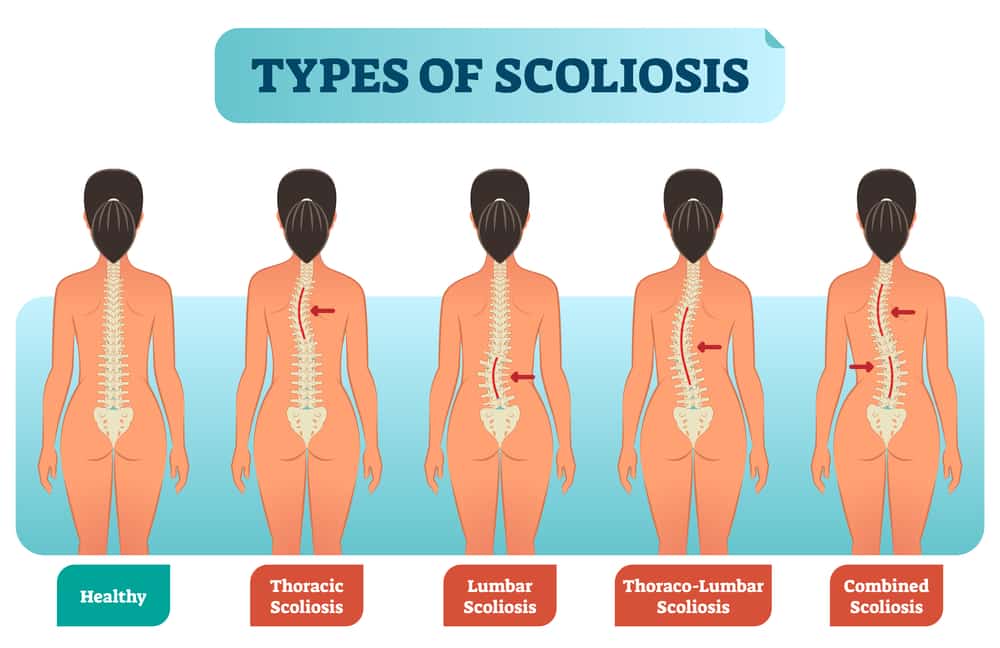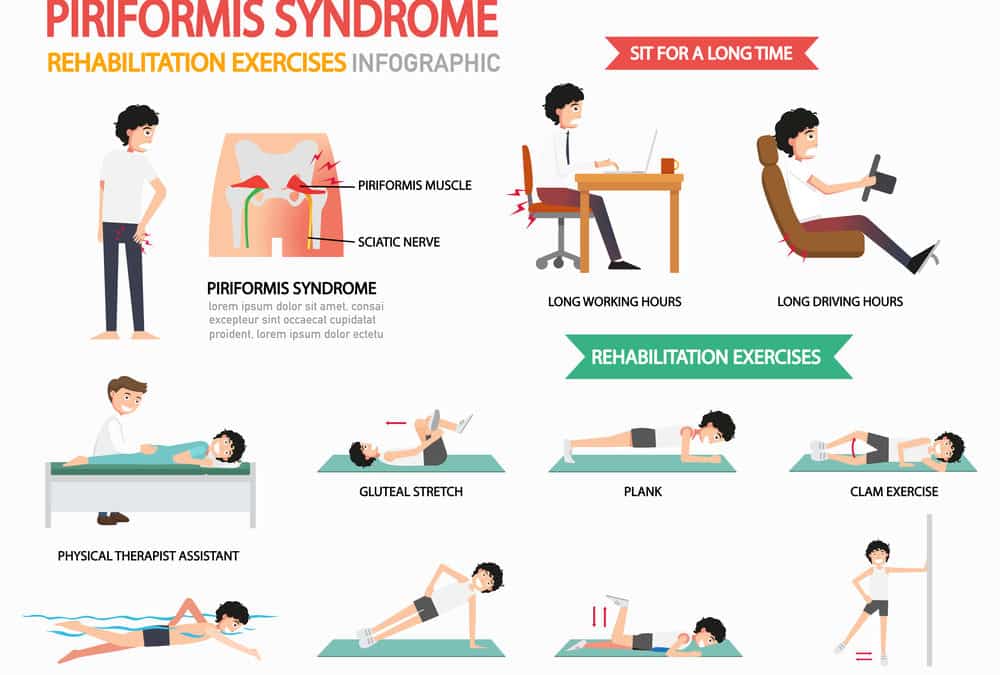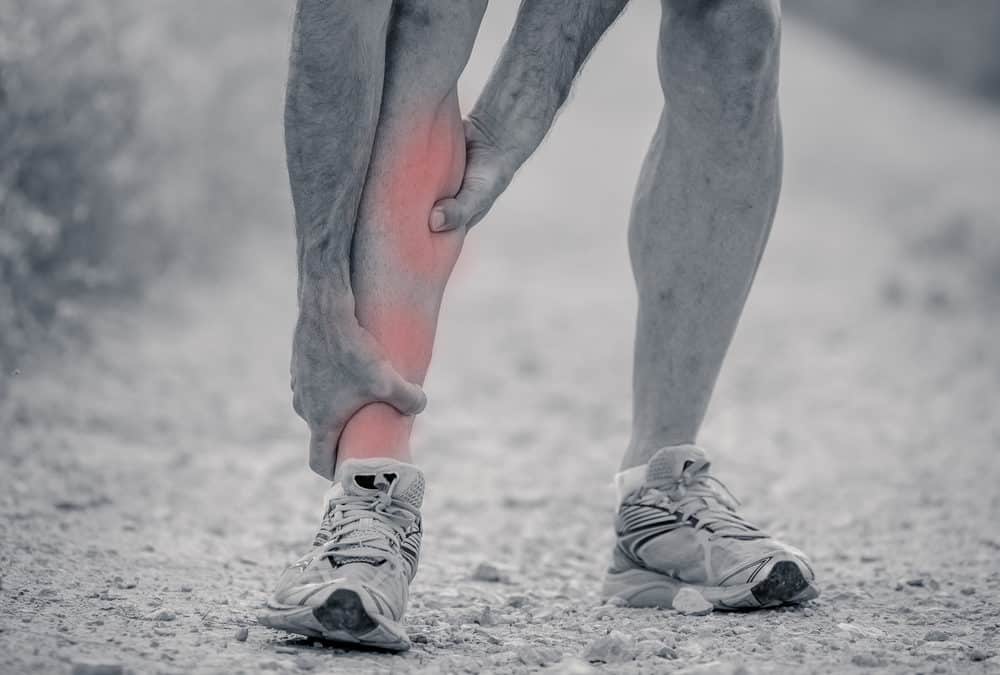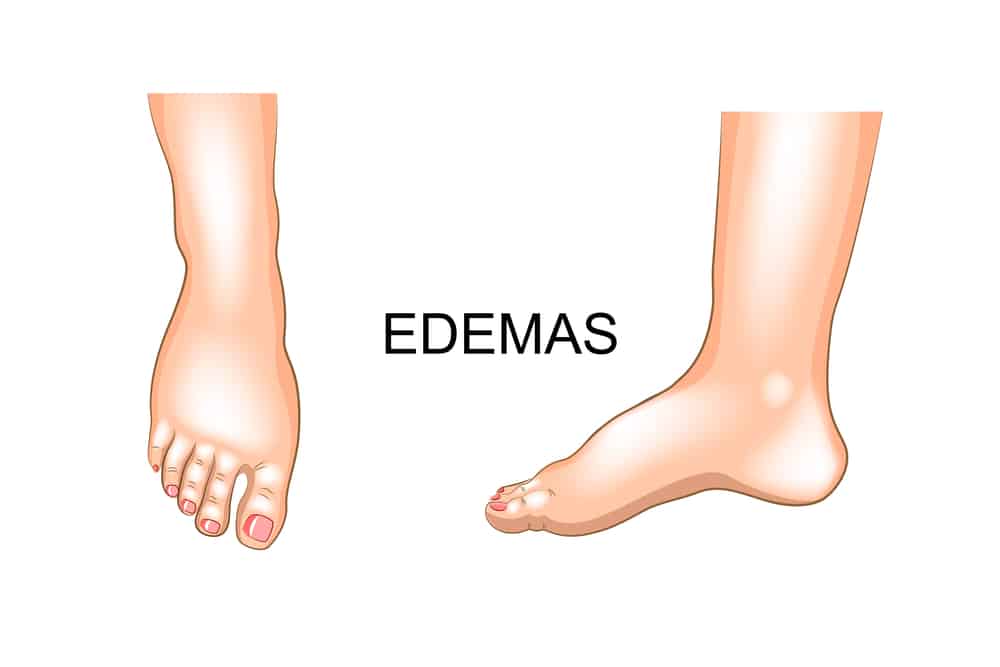
Swelling and Edema: Causes, Symptoms, and Treatments
Edema can be a difficult disease to deal with in severe circumstances. It is an issue with swelling and fluid retention in the body which can lead to bad inflammation.
To learn more about edema and how to treat it, read on.
What Causes Edema
There are a few causes of edema.
It can be related to kidney problems due to the issue of filtering excess water from the body. It can also be a problem with weak veins and even a fault lymphatic system that prevents the body from self-draining.
Edema is also present in pregnant women or sitting and standing for too long where both of the symptoms are most often present in the legs and feet.
Serious causes of edema can be a red flag for possible chronic kidney disease or even congestive heart failure. It’s important to visit a doctor as soon as you see unexplained symptoms of edema to rule out any serious medical conditions.
Symptoms of Edema
The symptoms of edema is the excess fluid making its way to the extremities of the body instead of being filtered out via the kidneys. The fluid is then trapped and makes the affected extremities appear puffy and swollen.
The location varies from person to person but it is most typically found in the legs more specifically the feet, and in the hands. When you press on the skin it will be left with an indent. The indent will take a while to pop back up.
You may also see indents from your socks around your ankles that take a while to go down. This is also an indicator of edema.
Some individuals will complain of their rings not being able to come off or are too tight around their fingers. This is also a symptom of edema.
Edema Treatments
Serious cases of edema will require medical attention and most likely be put on medication to help with draining excess fluid.
Those who have symptoms related to sitting or standing for long periods can easily treat their edema with regular massages.
Massages support the lymphatic system in draining excess fluid in your body without the use of medication. Massages will target your back and your neck where lymph nodes are located.
They are a great option for whether you visit a registered massage therapist, or if you do them yourself at home and also different types of massage.
Additionally, baths with Epsom Salts are a natural at-home remedy to help the body to release the stubborn fluid that doesn’t want to budge.
Consulting Your Doctor
For more serious edema issues, consult your doctor to determine the right path for your treatment. It’s best to go as soon as possible to rule out any significant health problems that require medical attention.
If you’re ready to treat your less serious edema with a relaxing massage, contact us to book your appointment today.
